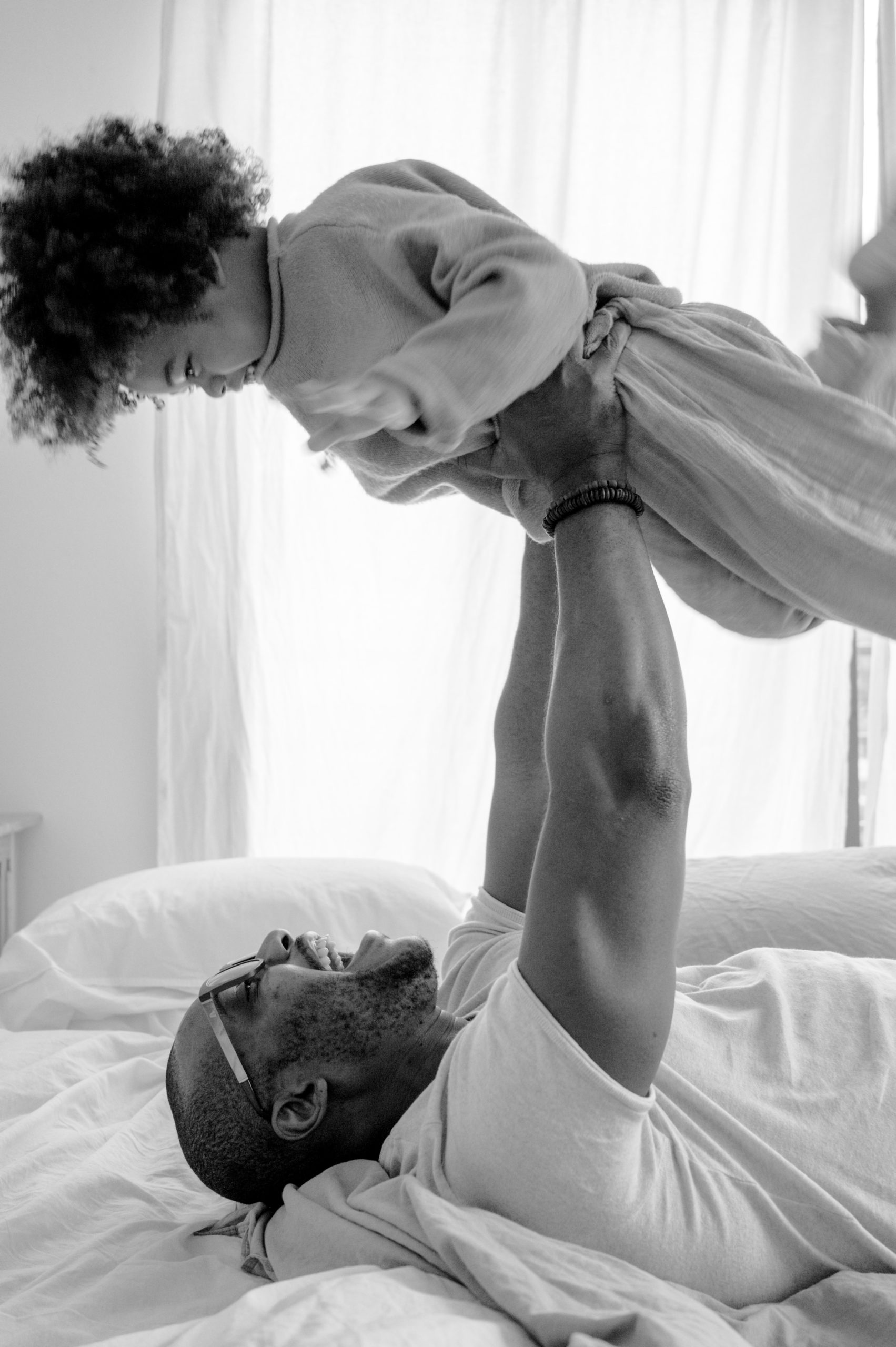There are so many fitness trends out there. These greatly affect how we think we should approach fitness. From skinny detox tea to the keto diet, health and fitness trends are endless. But at the end of the day, what is fitness for? The CrossFit philosophy is that your fitness should work for you. Your fitness should help you move furniture around your house, or play with your kids in the yard. It’s about using your fitness to be functional.
Fitness isn’t about trends
When I started CrossFit, paleo was the popular diet trend. So, I jumped on that bandwagon. For those who don’t know paleo is, it’s a diet where you attempt to eat like humans did in paleolithic times. This means only foods you would come across in a hunter/gatherer society. If you are follow it, you will spend a large amount of time, money and effort to abide by it.
I was very skinny before starting CrossFit, and when I first joined I put on a little muscle. At the same time I was eating paleo, I was also intermittent fasting. This means having a large block of the day where you don’t eat. The premise is that you keep your calories limited by only having so much time to consume food in your day.
I didn’t know this at first but the intermittent fasting and paleo were actually hurting my performance. I would fatigue quickly during my workouts. My recovery afterwards would take hours, and I was not gaining any strength. But I would weigh myself everyday and I was happy with the number on the scale.
I did about 7 months of intermittent fasting and paleo. By the end, I was burned out. I hadn’t been out to eat, I didn’t eat the same food as the rest of my family, I hadn’t had much “enjoyment” food, such as desserts, or sweets. So, the pendulum shifted. It shifted way farther than it should have.
Feeling weak and fatigued had been terrible. The first few workouts with a significant source of carbs in my diet was amazing. I felt good, I lifted heavier, I recovered faster. Going to restaurants was fun again, and I could enjoy meals with my family. But as that pendulum kept going I started gaining weight. Some of it was good. I put on significant muscle mass, I was moving heavy weight in all of my lifts. Some of it was not so good.
The fun lasted for a bit, but then I started having trouble doing anything like pull ups, push ups, box jumps, or running because I had gained a lot of fat as well. I had a goal to see how heavy weights I could lift. So, my cardio stopped. I lost definition and the ability to do some of my gymnastics movements.
Make fitness work for you
Around this time I switched boxes. The shape I was in disappointed my new coach. He pointed out that while lifting heavy was beneficial, I should be more focused on fitness for life. If I was unable to move quickly for a few minutes without having to stop and try to breathe, were my workouts really doing what I wanted/needed them to do?
That became my new mantra, I wanted to be able to do any physical task life called upon me to do. Whether it be a week of hiking, helping push a stalled car, laying sod, riding my bike with Zeke on my back, the list is endless.
The point is, your fitness should suit your life. You should not only enjoy what you do to get/stay in shape, but it should also work for your needs. That’s why CrossFit is so beneficial: it’s functional.
The functional movements prepare you for the variety that is life. This way, no matter what life demands of you – a ski trip with friends, carrying your kid around a theme park, helping your brother move – you can do it. Make fitness work for you and for your benefit.



